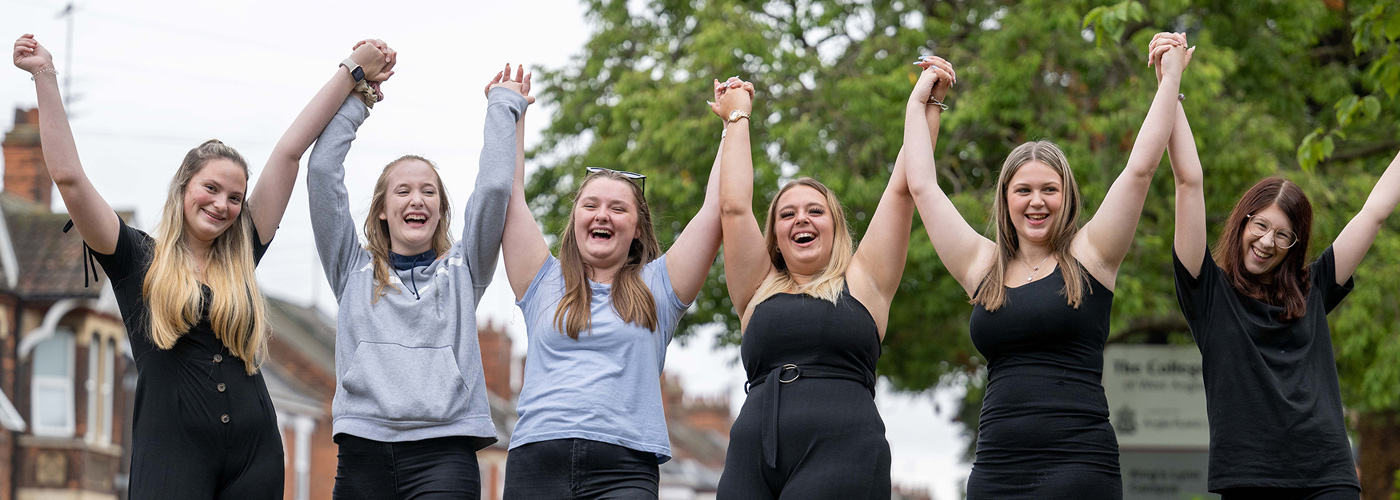
- Home >
- News & Events >
- News >
- Students help in explosion training exercise
Latest News
Students help in explosion training exercise
[gallery ids="2787,2789,2788,2786,2785,2784,2783,2782"]
Students "died" and others were "seriously injured" for a fire service explosion exercise, with firefighters creating a hospital-style triage system to make sure students in most need of treatment were attended to first.
The scenario was not real but the 30 students from the uniformed services course at the College of West Anglia who took part in the training session at the fire station on Lynn’s northern bypass gave eight crew members the chance to carry out rescue procedures training on a scale they would not normally encounter.
Crew manager Phil Tinkley had devised the training and at the end praised the students. He said: “You were incredible. We couldn’t do it without you.”
He said he hoped the fire service would be supported by the college’s uniformed services department to help in further training exercises in the future.
His comments were echoed by Caroline Mallott, a college lecturer, who had organised the students and helped with making them up to resemble ones with serious head and body injuries and others who were clearly dead. Students were also asked to play-act, screaming, crying, one had an epileptic fit, another was struggling to breathe. Fire personnel had to survey the injured and make decisions on first needs. At the time the first two pumps would have arrived with ten on board, no ambulance crews were available making decision on triage all the more important. The fire service would not normally deal with so many “walking wounded”.
Among the fire personnel were trained paramedics, available to answer any concerns regarding breathing and pulse rates.
To make it more realistic students were organised to appear as if they had cuts/blood; ashen or dusty appearance; hearing loss; scared/panicked; woozy; shaken. Their injuries had been made up using hand paints and Corn syrup.
Fire service group manager Tim Edwards was an observer. He said it had been a fantastic opportunity to test their procedures, with mass casualties, some of whom were bandaged by fire personnel, and victims realistically made up.


